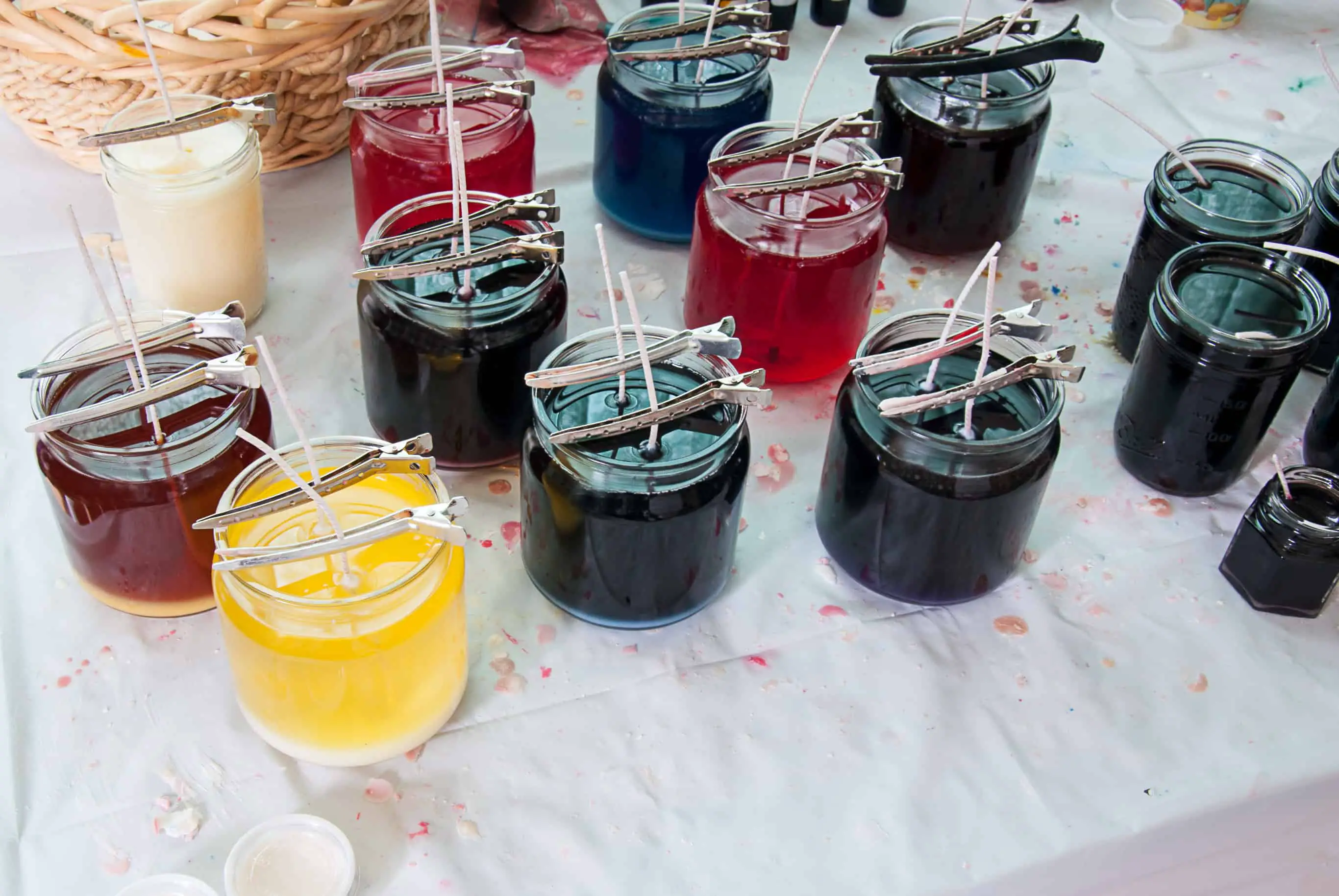

Articles
How To Fix Wet Spots In Candles
Modified: August 27, 2024
Looking for articles on how to fix wet spots in candles? We've got you covered with expert tips and tricks to help restore your candles to their original condition.
(Many of the links in this article redirect to a specific reviewed product. Your purchase of these products through affiliate links helps to generate commission for Storables.com, at no extra cost. Learn more)
Introduction
Whether you’re a candle enthusiast or someone who enjoys lighting up a cozy atmosphere, you may have encountered the frustrating issue of wet spots in your candles. Wet spots are unsightly patches on the container’s glass or the surface of the candle itself, where the wax has separated from the sides and formed a visible gap filled with air or liquid.
Not only do wet spots detract from the overall aesthetic appeal of your candles, but they can also affect their performance and burn time. The presence of wet spots can cause the candle to burn unevenly, resulting in wasted wax and a shorter burn time.
The good news is that fixing wet spots in candles is a relatively simple process, and with a few tools and techniques, you can restore your candles to their beautiful, smooth appearance. In this article, we’ll explore the causes of wet spots, the tools and materials needed for the repair, and the step-by-step process to fix wet spots in candles.
Let’s dive in and learn how to eliminate those pesky wet spots and enjoy the warm, inviting glow of perfectly crafted candles.
Key Takeaways:
- Say goodbye to unsightly wet spots in your candles by understanding the causes and following simple steps to fix and prevent them. Enjoy flawless, long-lasting candle burns with the right tools and techniques.
- Embrace the art of candle-making and eliminate wet spots with patience, proper preparation, and preventive measures. Create a warm, inviting ambiance without the frustration of uneven burns and wasted wax.
Read more: How To Fix Wet Basement
Understanding the Cause of Wet Spots
Before we delve into the steps to fix wet spots in candles, it’s essential to understand why they occur in the first place. Wet spots are primarily caused by the contraction of the wax as it cools and solidifies. As the hot wax is poured into the container, it adheres to the sides due to the difference in temperature, creating a smooth, even surface.
However, during the cooling process, the wax undergoes a natural contraction. This contraction can cause the wax to pull away from the sides, leaving behind gaps or wet spots. Factors such as the type of wax, the container’s temperature, and even the presence of drafts can contribute to the formation of wet spots.
Another common cause of wet spots is the use of low-quality or improperly wicked candles. A wick that is too large in diameter or a candle that is burned at a high temperature can generate excessive heat, leading to uneven cooling and the development of wet spots.
It’s worth noting that wet spots do not affect the performance or safety of the candle. They are merely a cosmetic issue that can be easily rectified. By understanding the underlying causes of wet spots, we can take the necessary steps to fix them and prevent them from occurring in the future.
Tools and Materials Needed
Fixing wet spots in candles requires a few basic tools and materials that are readily available. Here’s what you’ll need:
- Heat source: You will need a heat source to melt the wax. This can be a double boiler, a candle making pitcher, or even a microwave-safe container if you’re using microwaveable wax.
- Candle thermometer: To ensure the wax reaches the correct temperature, a candle thermometer is essential. It will help you maintain the ideal pouring temperature to prevent further formation of wet spots.
- Candle wax: Select a high-quality candle wax that suits your preferences and needs. Soy wax, beeswax, and paraffin wax are commonly used options.
- Candle container: Choose a suitable container for your candle. Ensure it is clean and free from any residue or moisture that may contribute to the formation of wet spots.
- Wick: Select an appropriate wick size for your candle container. The thickness of the wick will depend on the diameter of the container and the type of wax being used.
- Scissors: You will need scissors to trim the wick to the correct length before pouring the wax.
- Candle adhesive: If you notice that the wick tends to shift or lean as you pour the wax, a candle adhesive can help secure it in place and prevent any misalignment.
- Protective gear: It’s important to prioritize safety during the candle-making process. Wearing gloves and using a heat-resistant mat or surface can help protect you from potential accidents or burns.
Having these tools and materials ready will ensure that you can smoothly proceed with the process of fixing wet spots in your candles.
Step 1: Preparing the Area
Before you begin the process of fixing wet spots in your candles, it’s crucial to prepare the area to ensure a safe and efficient work environment. Follow these steps to prepare the area:
- Clean and dry the candle container: Ensure that the container you will be using is clean and free from any dust, residue, or moisture. Cleaning the container helps prevent any contaminants from affecting the appearance and performance of the candle.
- Set up a clean, level surface: Find a stable and even surface to place your candle container on during the pouring and cooling process. A heat-resistant mat or surface is ideal for this purpose.
- Protect the surrounding area: To prevent any accidental spills or wax drips from damaging your work area, consider placing newspaper or a protective cover under the candle container.
- Prepare the heat source: If you’re using a double boiler or a candle making pitcher, set it up according to the manufacturer’s instructions. If you’re using a microwave, make sure you have a microwave-safe container to melt the wax.
- Put on protective gear: To ensure your safety, wear heat-resistant gloves to protect your hands from potential burns. It’s also a good idea to have a fire extinguisher nearby, although the risk of a fire starting during this process is minimal.
By taking the time to properly prepare the area, you’ll create an organized and safe workspace to fix the wet spots in your candles. This will make the entire process smoother and more enjoyable.
To fix wet spots in candles, try using a heat gun or hair dryer to gently warm the outside of the container and smooth out the wax. This can help eliminate the wet spots and create a more even appearance.
Step 2: Melting and Pouring Technique
With the area prepared, you can now move on to the second step of fixing wet spots in your candles: the melting and pouring technique. Follow these steps to ensure a successful process:
- Weigh and measure the wax: Determine the amount of wax needed based on the size of your candle container. Use a scale to measure the appropriate quantity of wax, ensuring accuracy in your measurements.
- Melt the wax: If you’re using a double boiler, fill the bottom pot with water and place it on the heat source. Bring the water to a simmer and place the candle making pitcher or a heat-safe container with the measured wax on top. If you’re using a microwave, follow the instructions provided by the manufacturer on melting the wax.
- Monitor the wax temperature: Use a candle thermometer to check the temperature of the melted wax. It’s important to maintain the recommended pouring temperature, usually between 130°F and 160°F (54°C and 71°C), depending on the type of wax you’re using.
- Prepare the wick: While the wax is melting, prepare the wick by cutting it to the appropriate length. Leave a bit of extra length, as you will trim it to the desired height later.
- Secure the wick in the container: Use a small amount of candle adhesive or a hot glue gun to secure the metal tab or sustainer at the bottom of the wick to the center of the container. Ensure that the wick is straight and upright.
- Pour the melted wax: Slowly and carefully pour the melted wax into the container, ensuring that it covers the wet spots and fills any gaps. Pour the wax steadily to minimize air bubbles or disruptions in the surface.
- Allow the wax to cool and solidify: Let the candle sit undisturbed until the wax cools and solidifies completely. This process may take several hours, so be patient and avoid moving or disturbing the candle during this time.
By following this melting and pouring technique, you will effectively address the issue of wet spots in your candles. The key is to maintain the correct temperature and pour the wax slowly and steadily for optimal results.
Read more: How To Fix Pee Spots In Grass
Step 3: Cooling and Setting the Candle
Once you have poured the melted wax into your candle container, it’s important to allow it to cool and set properly to ensure a smooth and even surface. Follow these steps to achieve the best results:
- Avoid moving or disturbing the candle: After pouring the wax, it’s crucial to refrain from moving or touching the candle. Any disturbances can disrupt the cooling process and lead to uneven surfaces or the formation of new wet spots.
- Find a cool, draft-free location: Place the candle in a cool area away from any drafts or direct sunlight. Extreme temperature changes can cause the wax to contract or expand unevenly, potentially leading to the formation of new wet spots.
- Be patient and allow ample cooling time: The cooling time can vary depending on the size of the candle and the type of wax used. Generally, it’s advised to wait at least 24 hours before handling or burning the candle. This ensures that the wax has solidified completely and any wet spots have vanished.
- Inspect the candle’s surface: Once the candle has cooled, inspect the surface for any remaining wet spots. In most cases, the cooling process will eliminate the wet spots, resulting in a smooth and flawless appearance. However, if you notice any remaining imperfections, you may need to repeat the melting and pouring steps to rectify them.
- Trim the wick: Before lighting the candle, trim the wick to a suitable length, typically around ¼ inch (0.6 cm). This helps maintain a steady and controlled flame while preventing excessive smoke and soot.
By allowing the melted wax to cool and set undisturbed, you give your candle the best chance to eliminate wet spots and achieve a beautiful, flawless finish. Patience is key in this step, as rushing the cooling process can compromise the overall appearance and performance of your candle.
Step 4: Preventing Wet Spots in the Future
Now that you’ve successfully fixed the wet spots in your candles, it’s important to take preventive measures to minimize the chances of them occurring again in the future. Follow these tips to keep your candles looking flawless:
- Choose the right wax: Different types of wax have varying shrinkage rates and behaviors when cooling. Experiment with different waxes to find one that minimizes wet spot formation.
- Preheat the container: Before pouring the melted wax, preheat the candle container slightly. This can be done by placing it in a warm oven or using a heat gun briefly. The preheating process helps reduce the temperature difference between the sides of the container and the pouring wax, minimizing shrinkage and wet spots.
- Avoid drafts and temperature fluctuations: Ensure the area where you pour and cool your candles is draft-free and at a consistent temperature. Sudden changes in temperature can cause uneven cooling and the formation of wet spots.
- Optimize the cooling process: Allow your candles to cool slowly and naturally. Avoid placing them in the refrigerator or freezer to speed up the process as this can cause stress on the wax and result in wet spots.
- Properly store your candles: Store your candles in a cool, dry place away from sunlight. Extreme temperature and humidity can affect the stability of the wax and potentially contribute to wet spot formation.
- Trim the wick before each burn: Before lighting your candle, always trim the wick to the recommended length. This helps maintain a steady flame and reduces the chances of excessive heat that could lead to wet spots.
- Burn the candle properly: To prevent uneven burning and wet spots, make sure to burn your candle for a sufficient amount of time each time you light it. This allows the wax to fully melt and pool evenly.
By following these preventive measures, you can significantly reduce the occurrence of wet spots in your candles and enjoy the beauty and longevity of a flawless candle burn.
Conclusion
Fixing wet spots in candles is a simple and rewarding process that allows you to restore the beauty and functionality of your candles. By understanding the causes of wet spots and following the steps outlined in this article, you can achieve a smooth and flawless appearance in your candles.
Remember, the key to eliminating wet spots is to maintain proper pouring temperatures, handle the cooling process with care, and take preventive measures to minimize future occurrences. Through careful preparation, melting and pouring techniques, and allowing ample cooling and setting time, you can successfully address wet spots in your candles.
Additionally, preventing wet spots in the future involves selecting the right wax, preheating the container, avoiding temperature fluctuations, and practicing proper candle care and storage. By taking these preventive steps, you can enjoy the beauty and longevity of perfectly crafted candles.
So, don’t let wet spots dampen your candle experience. With the right tools, techniques, and knowledge, you can fix and prevent wet spots in your candles, creating an ambiance of warmth and sophistication in your living space.
Now, it’s time to embark on your candle-making journey and say goodbye to those pesky wet spots once and for all!
Frequently Asked Questions about How To Fix Wet Spots In Candles
Was this page helpful?
At Storables.com, we guarantee accurate and reliable information. Our content, validated by Expert Board Contributors, is crafted following stringent Editorial Policies. We're committed to providing you with well-researched, expert-backed insights for all your informational needs.
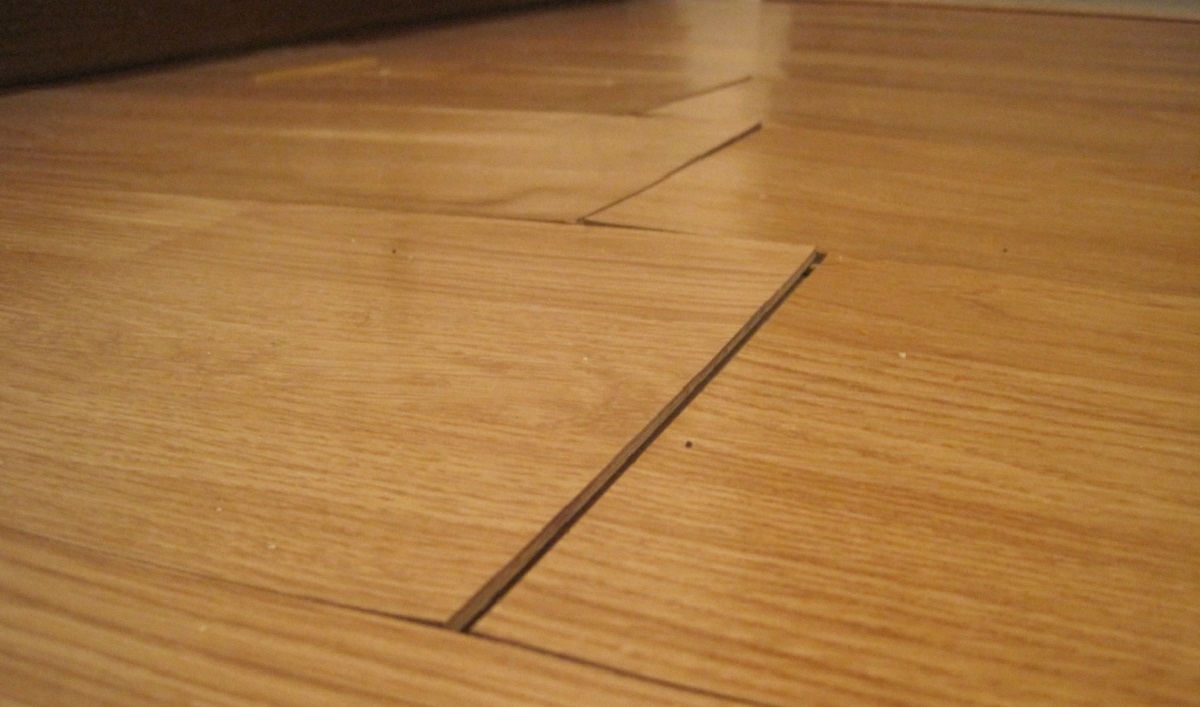
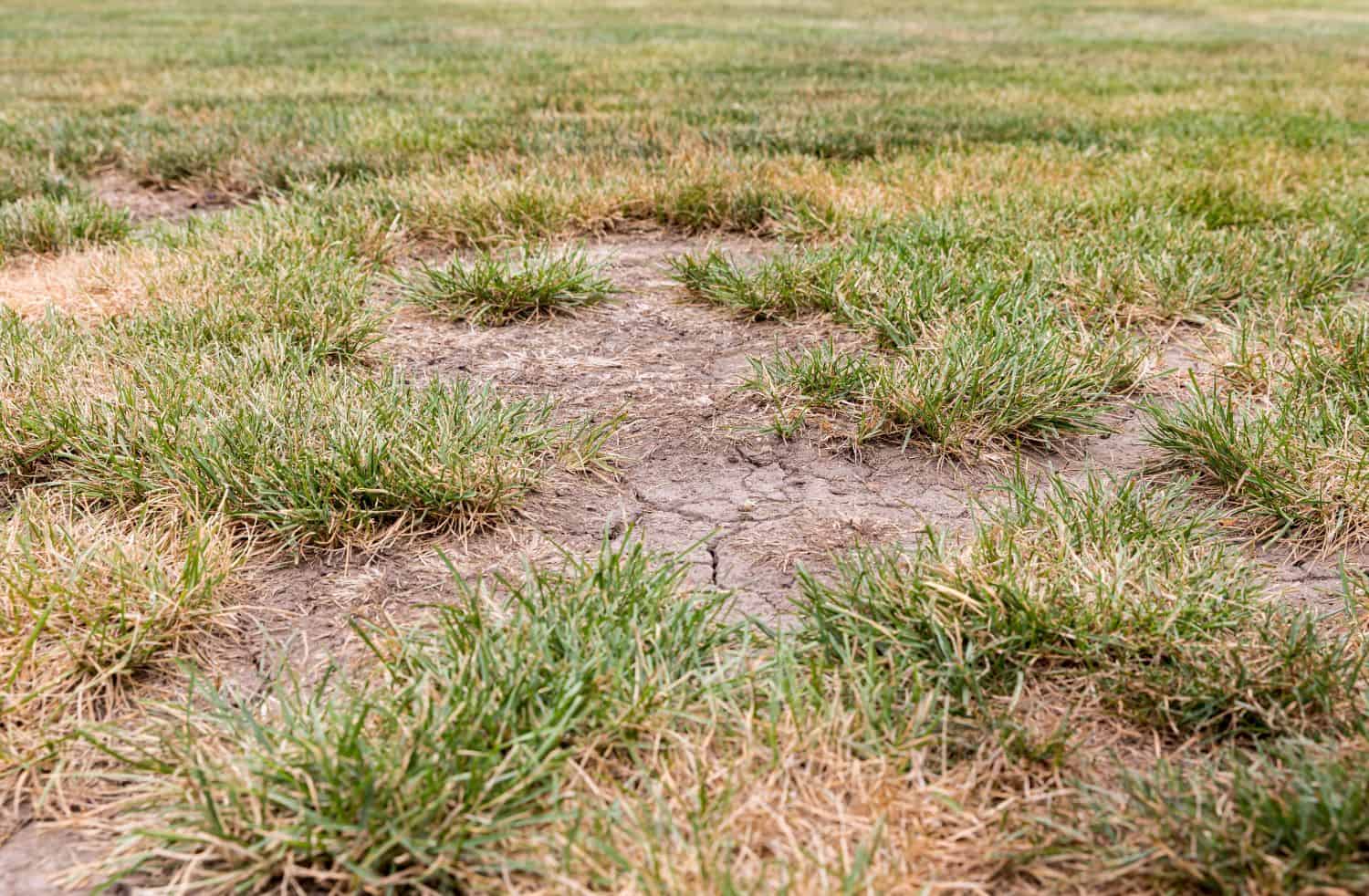
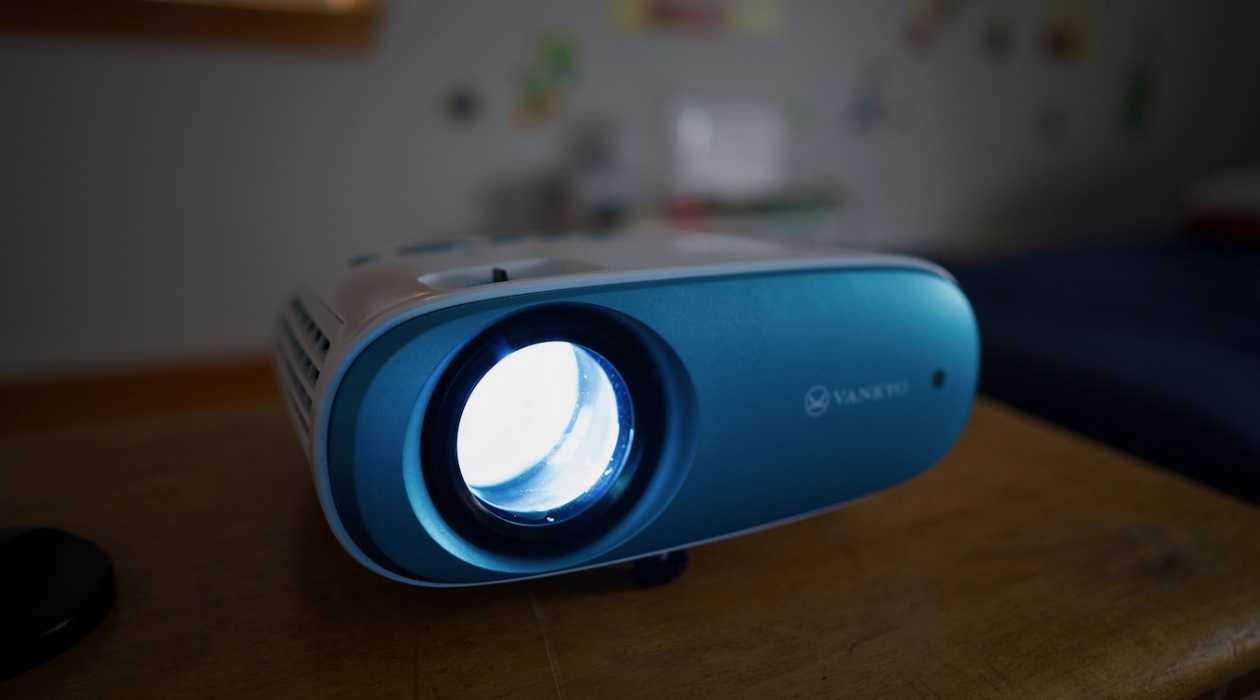


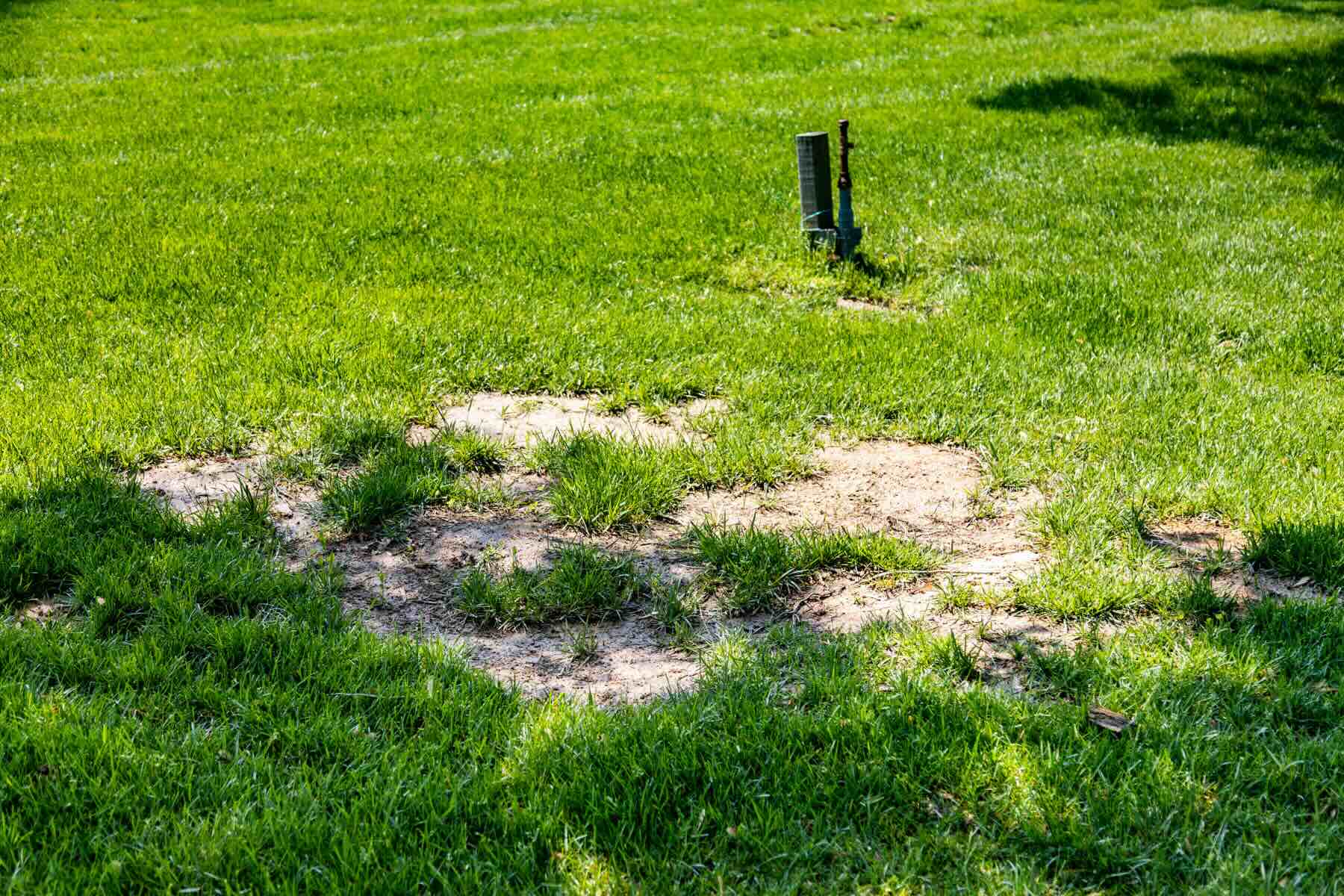
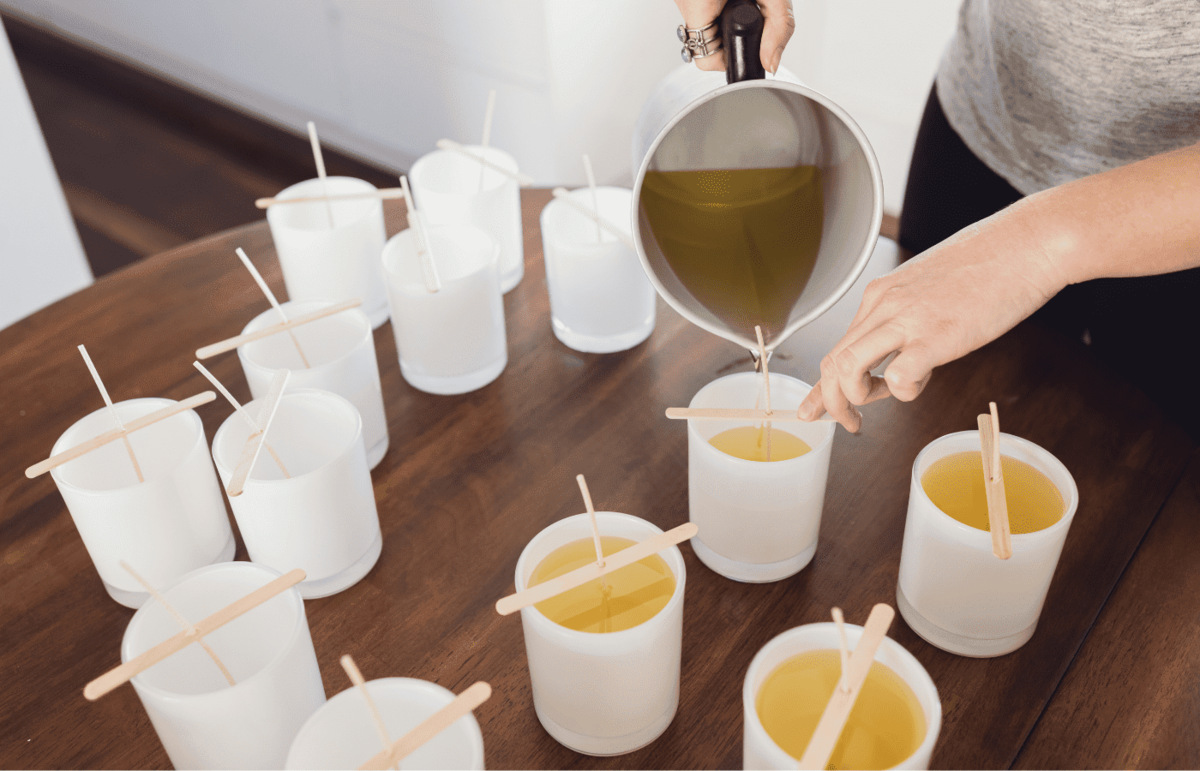
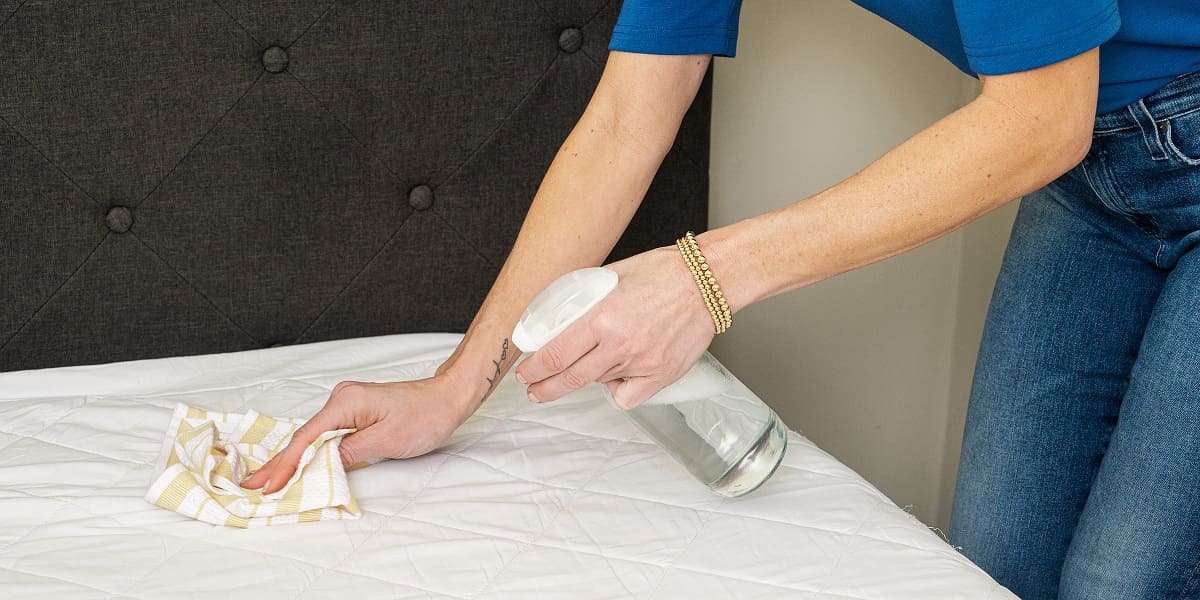

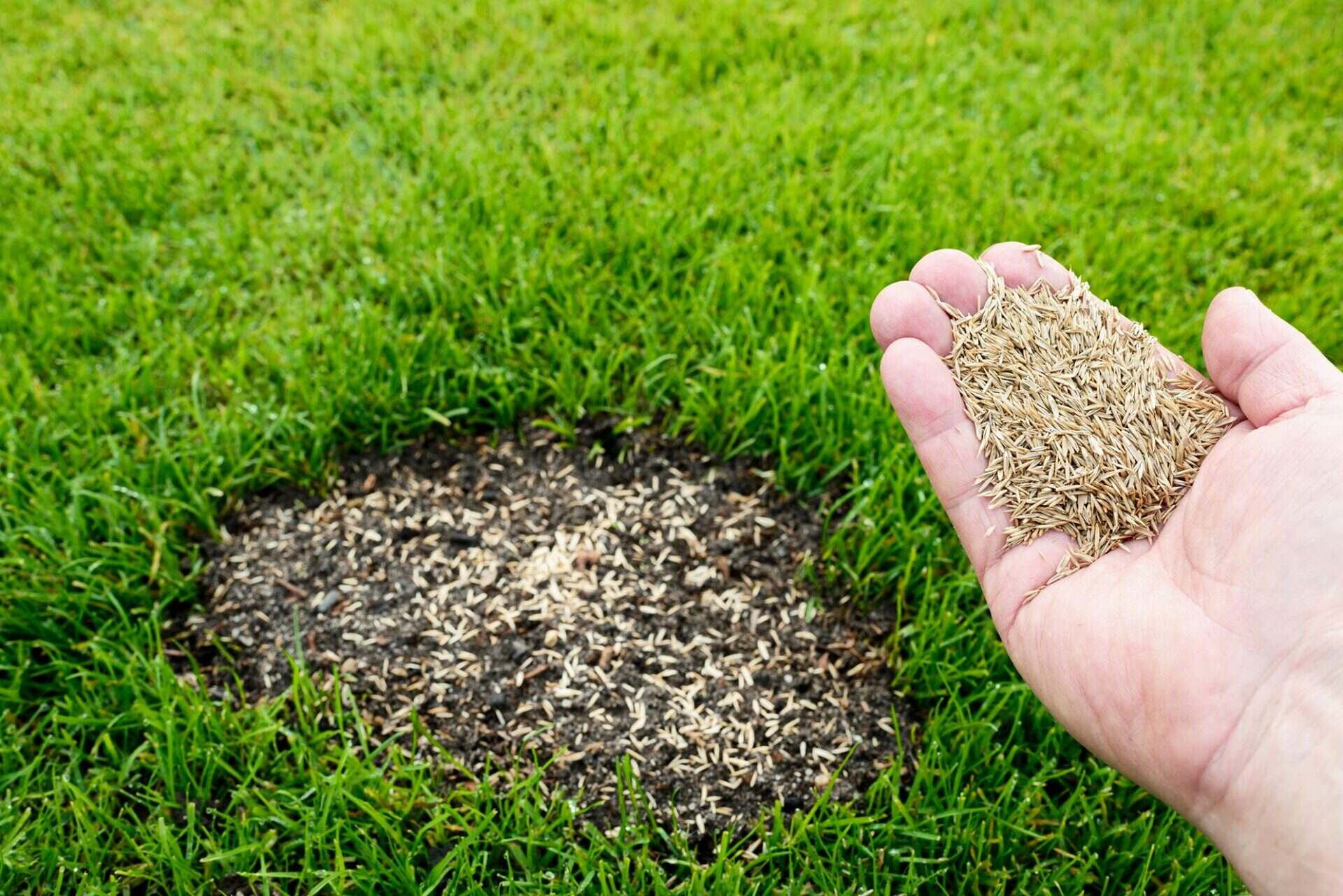
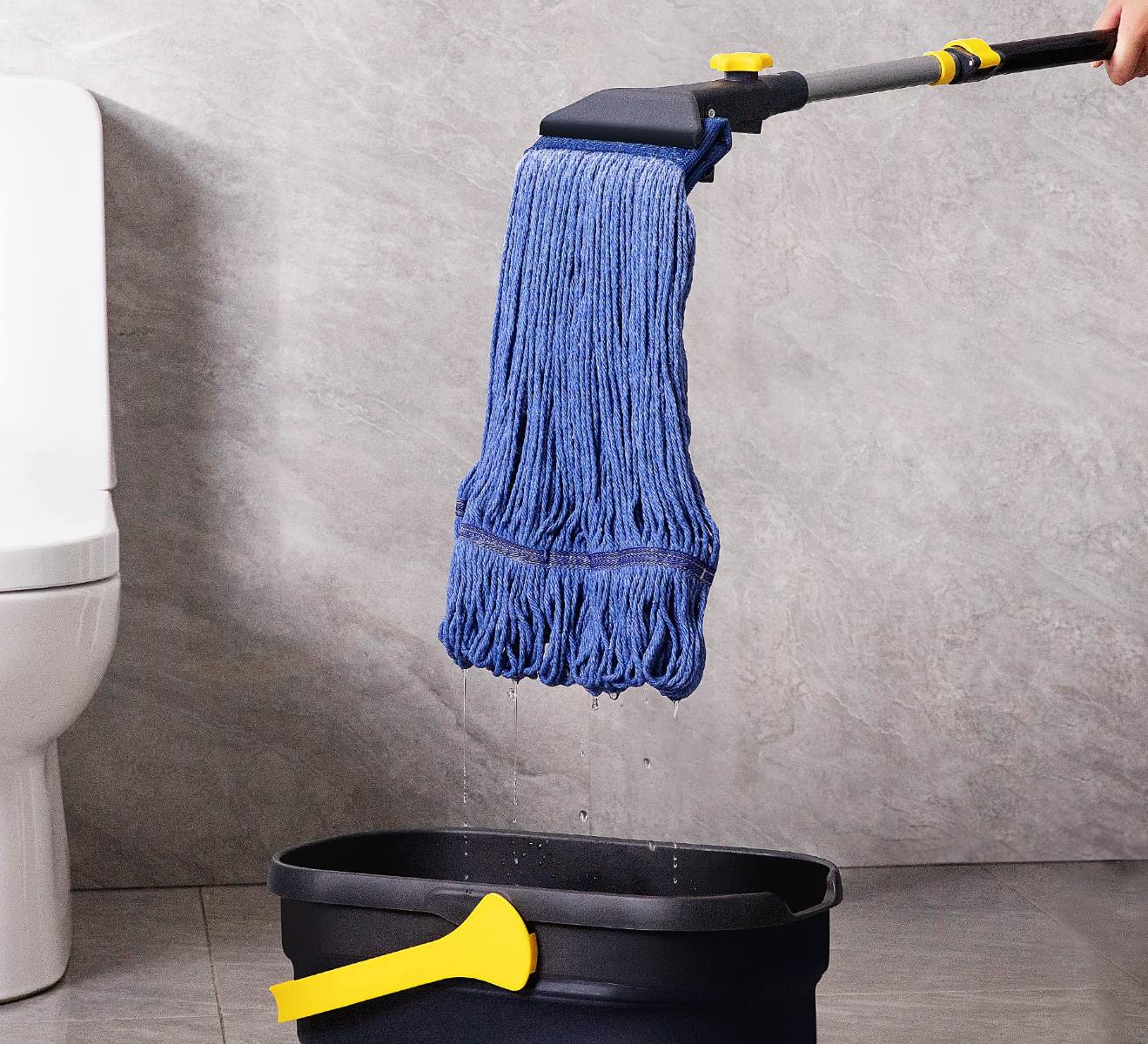

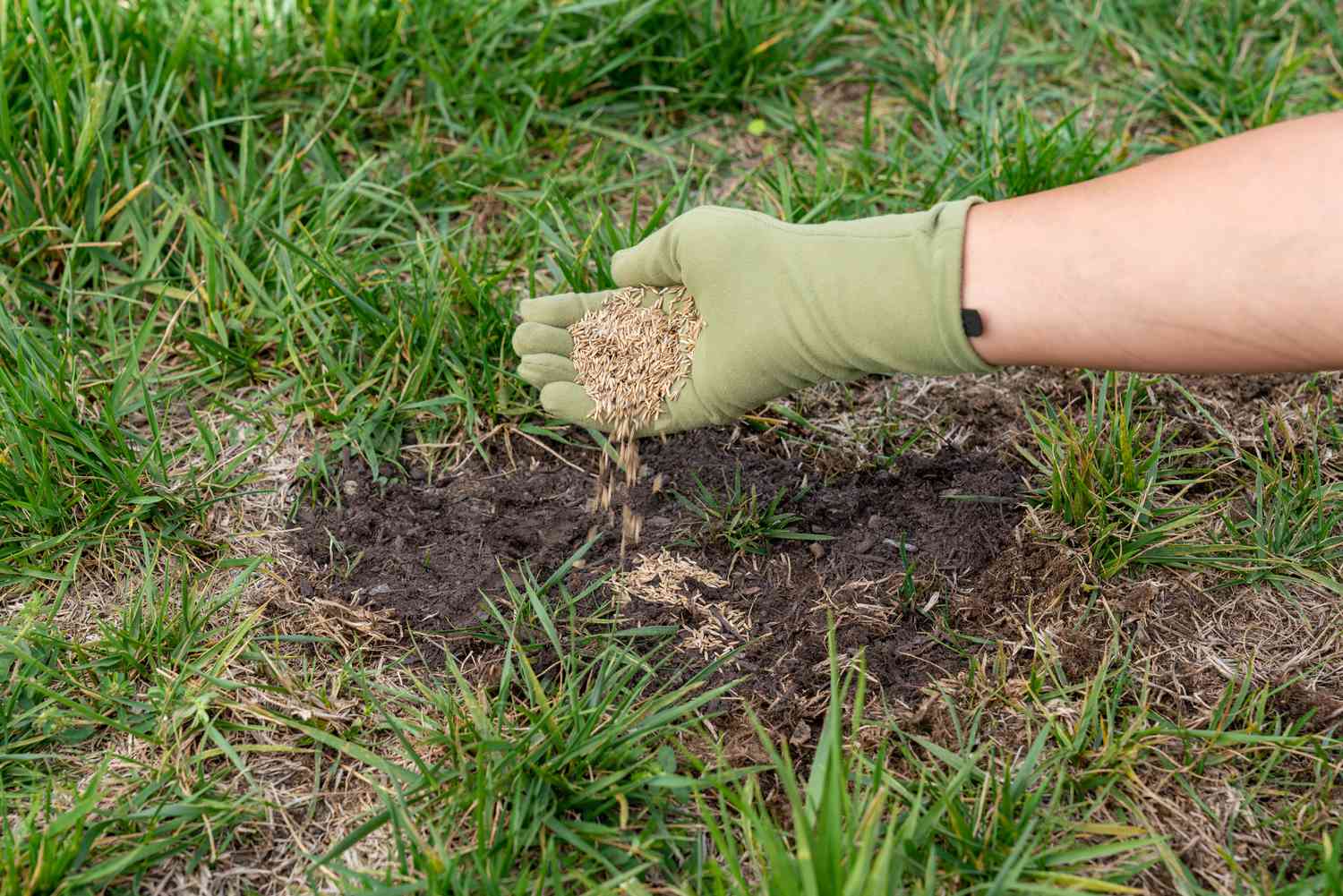
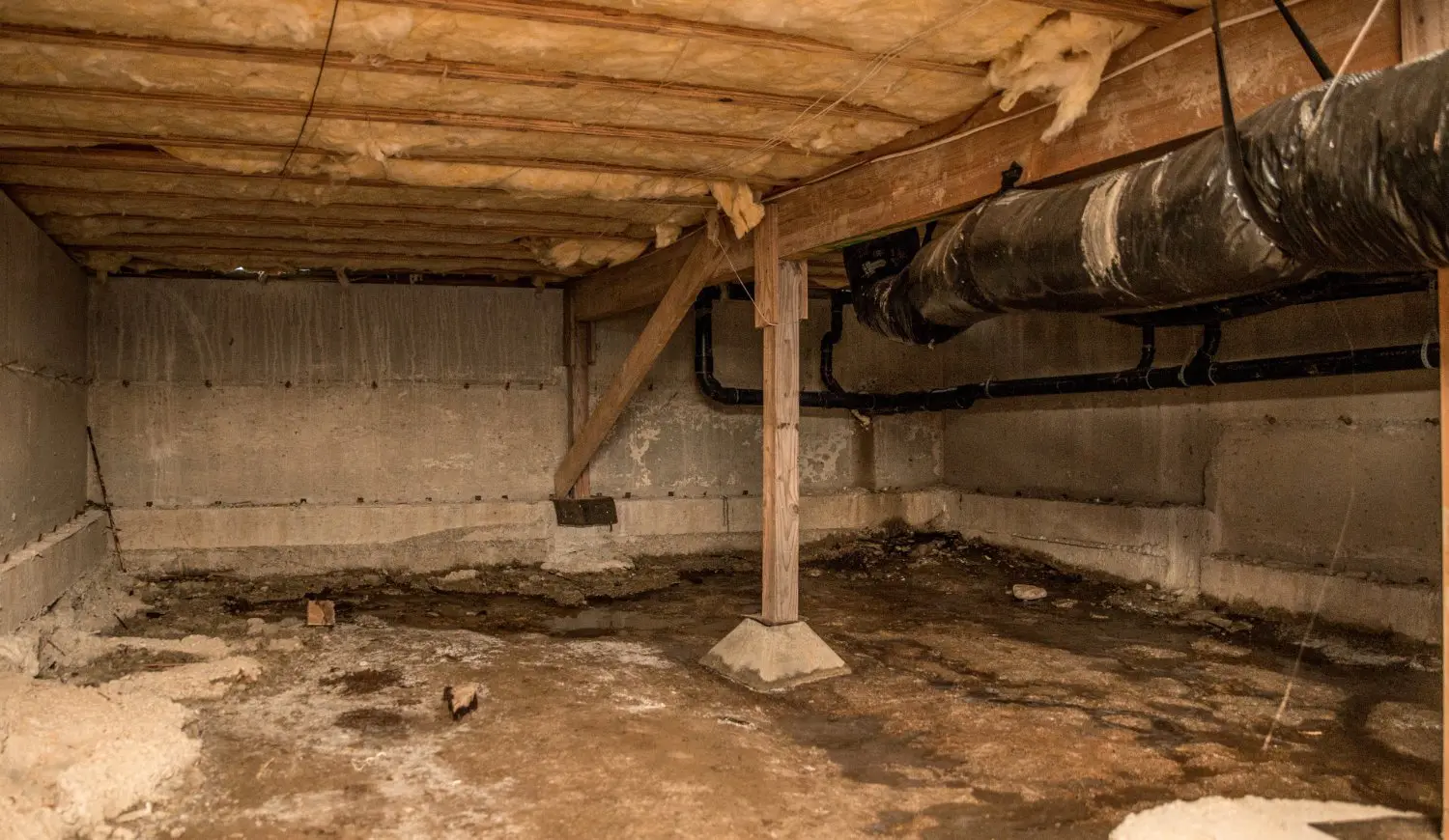

0 thoughts on “How To Fix Wet Spots In Candles”